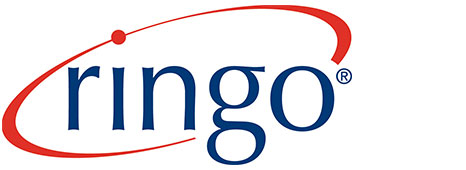Healthcare Uncertainty Leaves Hospitals Caught in the Middle

Looking Back and Moving Forward: How Ringo VMS Supports Hospitals Amid Healthcare Uncertainty
At Ringo, we closely monitor healthcare industry trends to better understand the challenges hospitals and healthcare systems face. Over the past few years, the healthcare landscape has been marked by turbulence and uncertainty. While it hasn’t been all bad news, the unpredictability poses significant challenges for administrators striving to manage current realities while planning for the future.
This is where Ringo VMS steps in. We focus on easing the burden for healthcare administrators by streamlining time-intensive processes like tracking timesheets, hiring locum tenens, and managing contingent labor. Our platform is designed to provide clarity, cost savings, and agility—critical tools for navigating the shifting healthcare landscape.
A Shifting Healthcare Landscape
Since the rollout of the Affordable Care Act (ACA), the healthcare industry has experienced significant change. While initial ACA implementation saw increased enrollments and a slowdown in cost growth, the long-term outlook has been more volatile. Rising costs, declining enrollments, and fluctuating federal reimbursements continue to create challenges for hospitals, particularly in states that did not expand Medicaid.
Conversations in hospital boardrooms are now focused on what can be controlled, rather than the uncertainty of Congressional decision-making. Hospitals are finding themselves needing to cut costs without compromising patient care. As a result, solutions like Ringo VMS are becoming essential tools in their operational strategies.
Ringo VMS: A Strategic Advantage
The Ringo platform is uniquely positioned to support healthcare organizations in turbulent times. Two key features set us apart:
- Vendor-Neutral Technology – Ringo VMS integrates seamlessly with existing workflows, ensuring a smooth onboarding process for both internal teams and external vendors.
- Significant Cost Savings – By providing detailed insights into contingent labor spend, Ringo helps hospitals reduce temporary labor costs by an average of 23%.
These features are why Ringo is increasingly part of the conversation when healthcare systems look for ways to optimize labor management. Transparency is a game-changer. Administrators often express surprise when they see their contingent labor spend in full view for the first time. This clarity enables them to quickly adjust staffing strategies, eliminate unnecessary overtime, and uncover new cost-saving opportunities—all without compromising care quality.
Navigating Challenges Ahead
As we move forward, hospitals must prepare for potential challenges:
- A higher uninsured rate could mean more patients unable to pay for care, leading to financial strain on providers.
- Shortened enrollment windows and fewer exchange options may further destabilize patient populations and reimbursements.
- Tight budgets will necessitate innovative approaches to labor management to maintain profit margins without sacrificing core services.
Despite these challenges, one bright spot is the growing focus on efficiency and innovation in healthcare. According to PWC’s Health Research Institute, providers are increasingly leveraging solutions to manage care costs while optimizing the use of staff and resources.
The Path Forward
Ringo VMS is here to help hospitals stay agile and resilient. By delivering robust reporting, real-time analytics, and actionable insights, our platform empowers healthcare administrators to make informed decisions that protect both their bottom line and the quality of care they provide.
As the healthcare industry continues to evolve, Ringo remains committed to being a trusted partner for hospitals navigating uncertainty. Together, we can build a future of sustainable operations and improved patient outcomes, no matter what challenges lie ahead.



